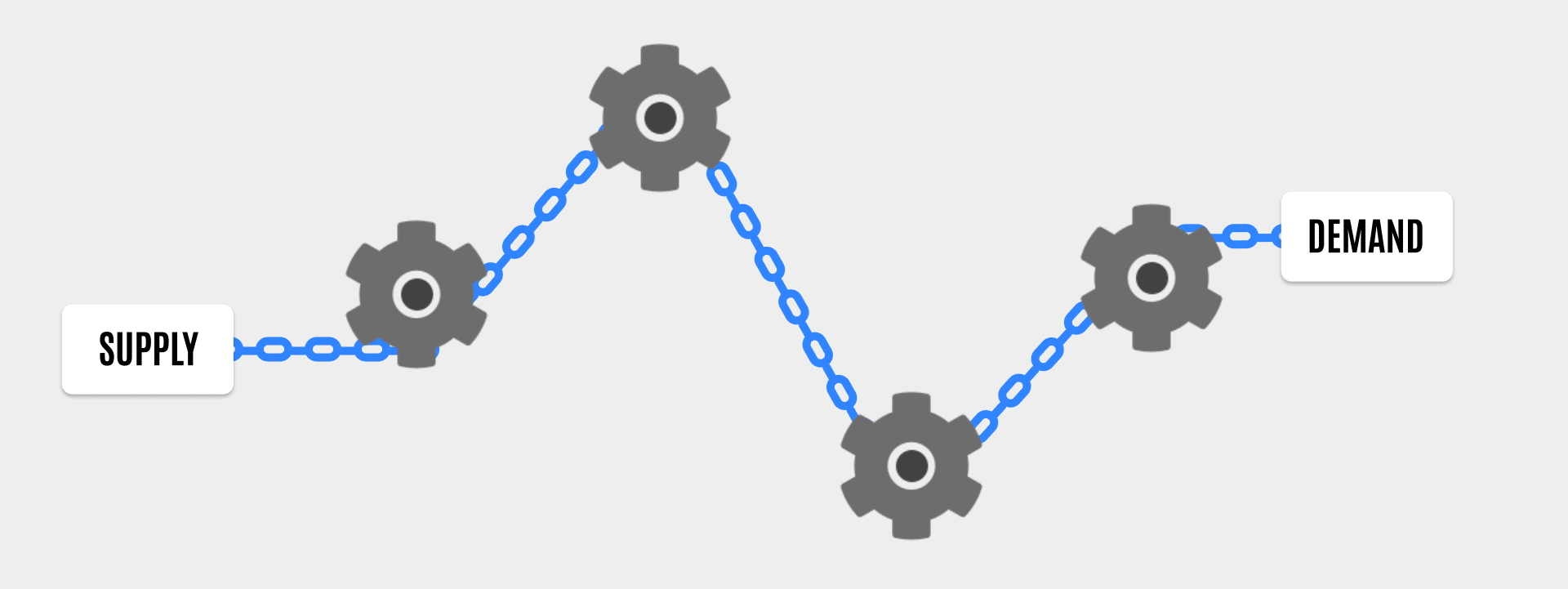Digital Information Flow Meets the Physical Supply Chain
This troublesome issue has challenged our industry for decades. While the stimulus that prompts each cycle varies, the outcomes remain the same: natural price fluctuations that result from both the under-supply and the subsequent oversupply of goods.
At the height of supply shortages, market demand is overstated by means like double ordering and overly optimistic forecasting in an effort to prevent getting caught short again. Competing manufacturers then go after aggressive market share of this overstated demand and begin to invest capital to capture it. Often, by the time this additional manufacturing capacity comes online, the demand has greatly softened, and the oversupply condition is created, leading to plummeting prices and losses for the capital investments.
During “normal” supply-and-demand fluctuations, the electronic components industry has some solid supply chain practices that have served it well. One of them I’ll term “the space in the middle.” Of the many things distributors do, one of them is large, efficient warehousing with vast inventories. These inventories serve as a pulley mechanism for demand ebbs and flows.

Yet during extended periods of demand exceeding global manufacturing capacity, even this pulley system will go tight, and break. Additional manufacturing capacity won’t come on fast enough to prevent it and lead times triple and more. We see this in play right now.

How do these conditions continue to occur and what can be done to mitigate them? A lack of information communication up and down the supply chain is at fault. Simply put, accurate demand provided with enough time allows manufacturers to adjust manufacturing capacity accordingly. Alright, perfect conditions in a perfect world do not exist. Yet there are ways to mitigate the extremes and keep conditions within the greater band of “normal.”
We are accustomed to the supply chain being defined as the flow of physical products. Key successes are now being found where buying and selling companies are adding a pipe to facilitate the digital flow of information. As time goes on, this information will become more accurate and timelier. So, what is this “pipe?” In some cases, it is as simple as transporting spreadsheets of forecasted requirements from buyers directly to production scheduling of sellers. Others are more automated where forecasted/scheduled production is sent directly from the buying company’s system to that of the selling company’s. Changes in the schedules are immediately communicated. Of course, preceding this is a formal commitment between buyer and seller.
Accurate forecasts certainly help manufacturers schedule production and serve to keep supply in the “normal” band, but what else might the pipe help the buying company with? Even greater sophistication such as viewing/access portals complete with dashboards can be included. Accompanying relevant data could include the following:
- Open order status and confirmed ship dates,
- Inventory already in reserve for future ship date,
- Dates and quantity when future finished goods are expected, and
- Lead time for new orders.
Ultimately, buying companies would be able to view their entire bill-of-materials (BOM) and know what flexibility or pinch points they have. Selling companies would have a better view to know how much manufacturing capacity, raw materials, and labor will be needed. Freight carriers, too, would benefit from having this information. With these kinds of efficiencies, the whole supply chain wins.
Costs of creating digital pipes between buyers and sellers have been prohibitive. Complexities of each company running on different software platforms and systems—with different formats and capabilities—are vexing. However, there are now cost-effective means of extracting, translating, and loading (ETL) information/data between disparate systems. Quick, efficient enablement is now possible.
This is how we smooth the disruptive parts of the electronic component supply chain’s peaks and valleys.
By Tim Herring
Member Board of Advisors, SVP Corporate Strategy
